My fascination with Liverpool started at a young age. It was my tenth birthday, December 8th. I turned the TV on and watched people gathering in New York City to celebrate John Lennon's life. He was my introduction to activism, to great music and to the place that inspired it.
Years later, I had the privilege to take part in the regeneration of Liverpool's waterfront...
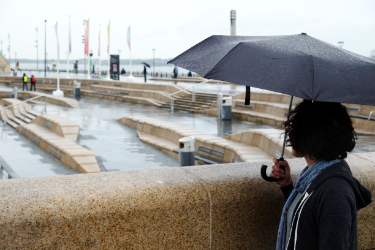
Located on the shores of the River Mersey within a UNESCO World Heritage Site, the first phase of the Pier Head public realm and canal link was completed in 2008 to align with Liverpool's tenure as European Capital of Culture. The waterfront plaza is the setting for the iconic buildings known as Liverpool's Three Graces, and is activated by a navigable channel that connects the Leeds and Liverpool Canal to the City's South Docks. A ferry terminal and the Museum of Liverpool add to the lively programming of the plaza.
For hundreds of years, Liverpool's cityscape seen from the water was a powerful symbol of arrival and prosperity. Throughout the 18th and 19th centuries, the Pier Head was a busy gateway for people and goods, and the intersection of infrastructure networks connecting inland cities with the Atlantic Ocean and foreign territories beyond. This captivating vantage point was eventually lost to waves of technological innovation. The advent of motorized and air travel pushed the City gateways inland and outward. In the 1960's, as the revolutionary efficiency of metal shipping containers transformed ports around the world, the Pier Head became a bus terminal. By 1972 most of Liverpool's docks were closed, unsuitable for the new technology, and thousands of jobs were lost. Trade recovered when the Royal Seaforth Dock was built north of the City, but the old docks remained abandoned, and unemployment had deeper, long-lasting impacts.
Today, ongoing urban regeneration efforts are visible along the waterfront. The new public realm successfully connects new development, reprogrammed heritage buildings, and revitalized cultural institutions.
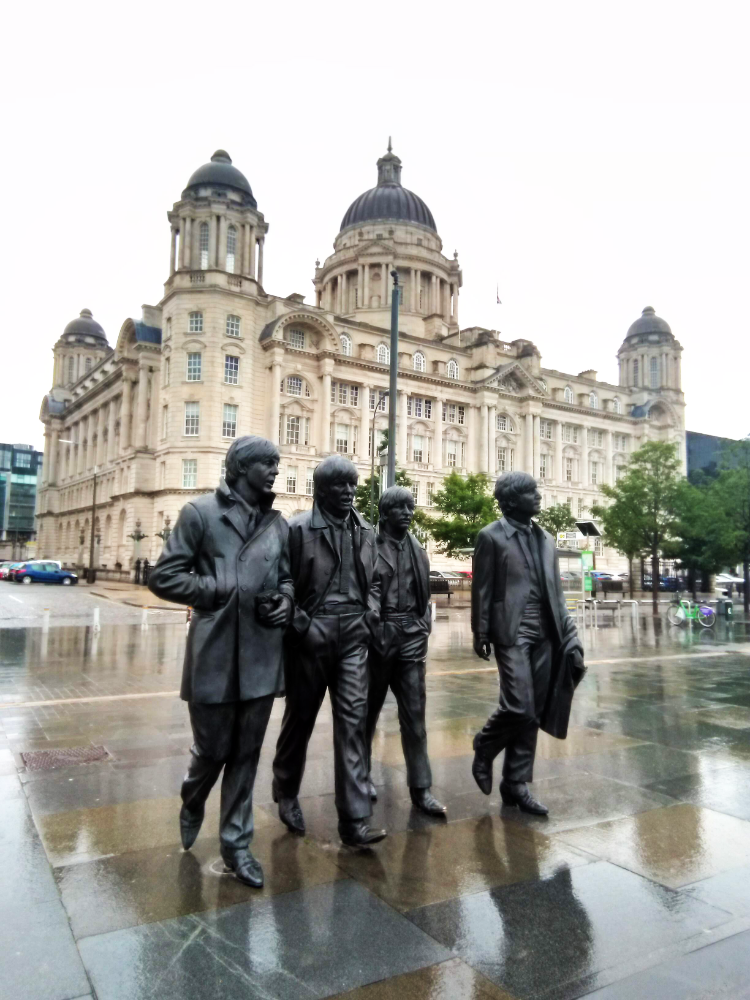
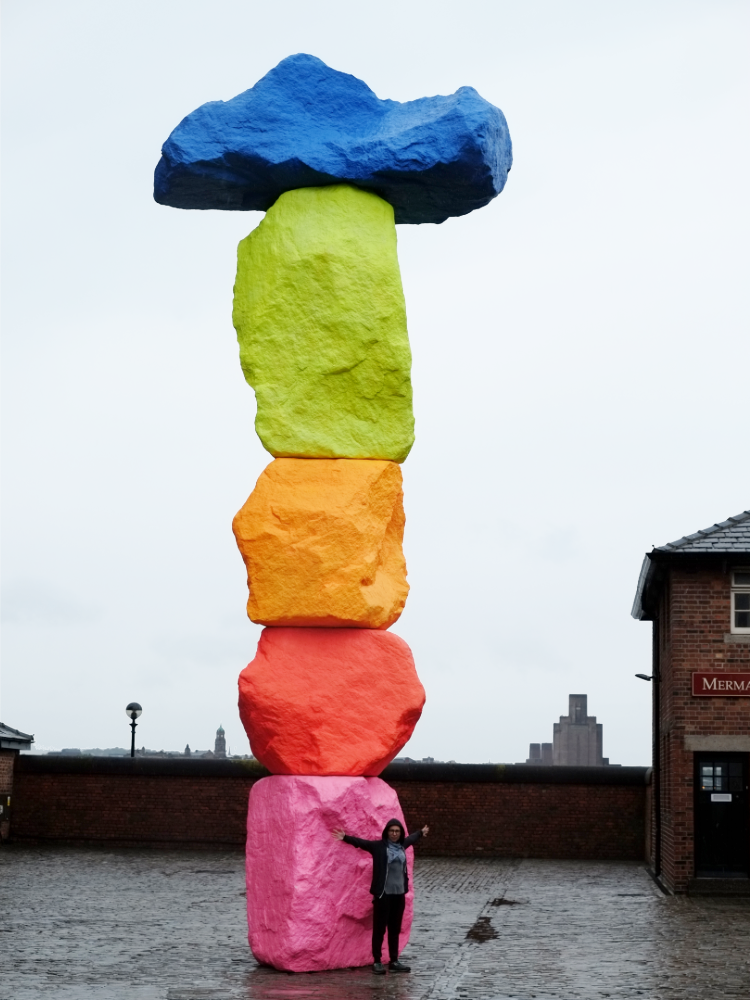
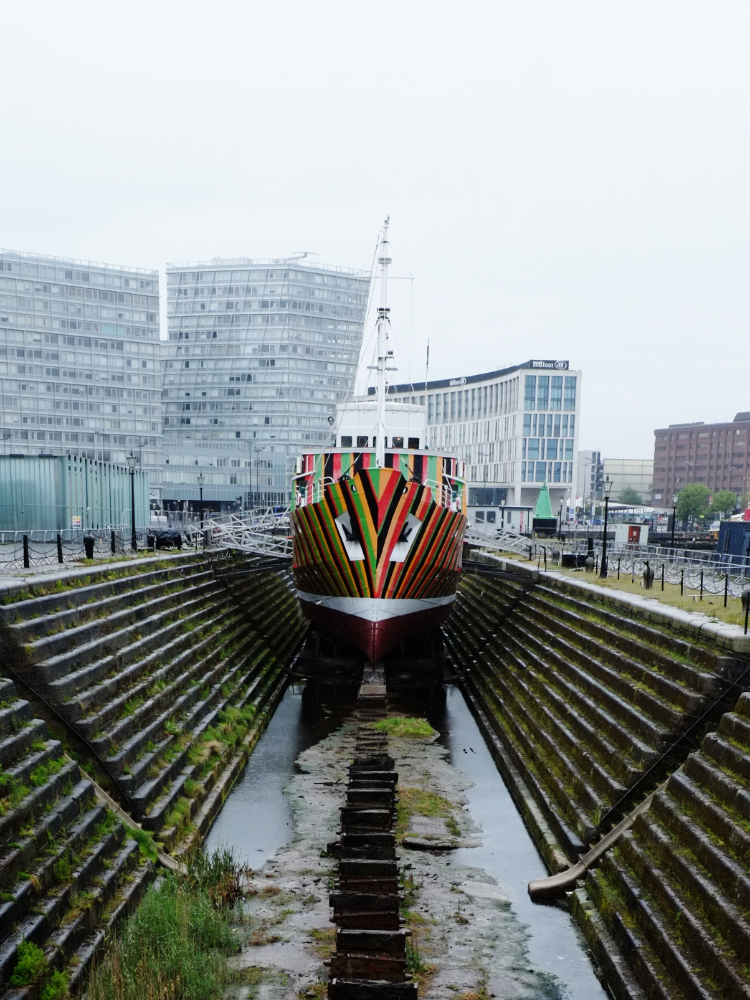
On this visit to Pier Head I was struck by the breadth of intangible histories woven into the public realm. I remember coordinating the relocation of existing monuments and the introduction of new sculptures and memorials, yet I rarely thought about the interconnectedness of these stories. The City's former splendor, decline, and ongoing regeneration is tightly linked to technological revolutions, and to the intangilbe histories of slavery, environmental exploitation, immigration, and poverty that became the by-products of prevailing economic and political systems.
As Liverpool continues to repair its social and urban fabric, fighting underinvestment and poverty, other waterfront cities around the world confront similar realities exacerbated by sea level rise. And while technological innovation is likely to play an important role in our response to the environmental crisis, a deeper cultural and social approach will be required. Can a re-connection with intangible natural and human histories help us move forward thoughtfully and equitably? Is this crisis an opportunity to revert a legacy of environmental and social injustice?
Ten years after its latest redevelopment, Liverpool's waterfront is thriving as a place destination, successfully bringing forward cultural heritage, infrastructure and public space. The lesson from Liverpool is that waterfronts are adaptable and their reinvention can bring new, exciting opportunities. But the environmental crisis will test us further, and beyond forgotten waterfronts there are many natural and human histories that we must urgently bring forth.
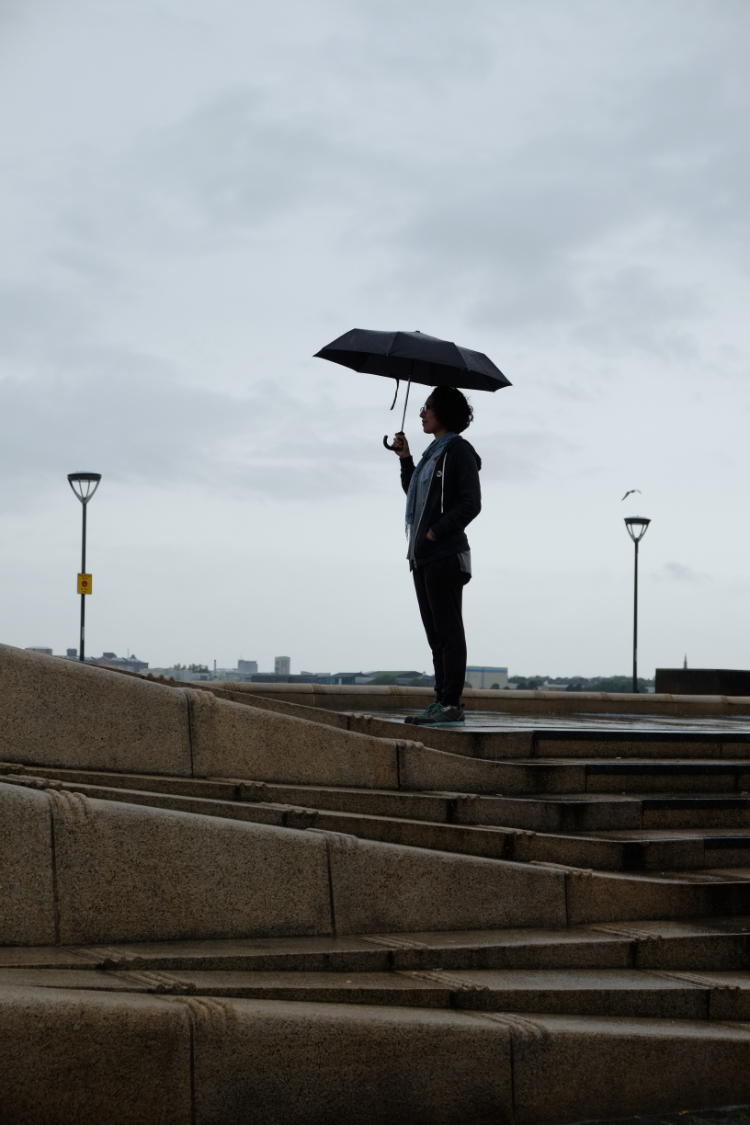
References:
Visit to the Museum of Liverpool
Wikipedia: Pier Head and Liverpool Canal Link